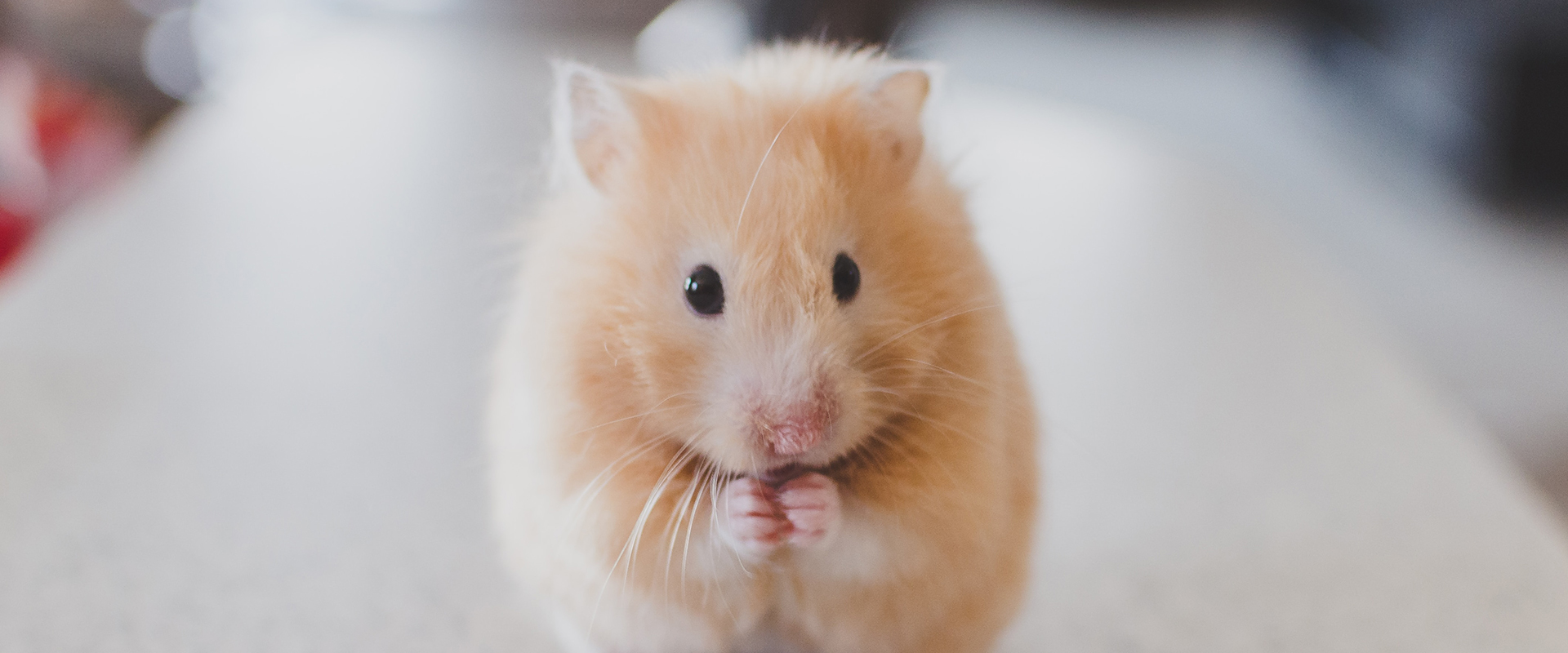Caulking as a pest control solution in the home
In the perpetual fight against infestations, caulking is a great ally, especially when it comes to preventing the intrusion of mice. A question of hygiene for some and a source of phobias for others, parasites, whether they take the form of insects, rodents or other small unwanted animals, are unanimously undesirable in our living spaces. Their intrusion into our homes causes damage to our homes and pantries, with potential consequences for our health.
It is preferable to adopt a preventive rather than a curative approach, a principle that makes sense in the context of infestations. This phenomenon is gaining ground in Quebec and requires adequate measures to counter it. With this in mind, caulking, especially to prevent mouse access, is emerging as a promising strategy to protect our living spaces and ensure our well-being.
Caulking your home is one of the most effective ways to prevent these nuisances from sneaking inside through small holes, cracks and gaps.
We will also talk about clogging depending on the place to be treated.

Mouse caulking (or anti-intrusion): why and how?
This is an essential solution that aims to prevent insects and other small animals from infiltrating the house. This specific caulking consists of carefully plugging all the faults that provide access to the interior of your home, both in the windows, doors and walls, as well as basements and lintels.
Did you know that a hole the size of a penny is enough for a mouse to make a passage?
Go beyond insulating caulking.
We know the strengths of caulking:
It effectively insulates your home against air and humidity infiltration of rainwater and prevents heat loss that is noticed with infrared cameras and consequently saves energy.
Its function against the intrusion of parasitic animals is less often considered and involves interventions on other accesses to the house such as those leading to the attic, cellars and basements.
Mouse caulking process
At the time of drawing up the estimate, the caulker makes a precise diagnosis that identifies the possible entry of pests into the building, he knows the habits of insects and rodents of skunks capable of imposing themselves in a basement.
The completion of the work follows the same process as for window caulking:
- Cleaning non-stable materials,
- Dusting
- Laying new sealant in generous quantities in order to fill, in full, the cavities spotted,
- Aesthetic smoothing of finishes.
A perfect seal is ensured by a professional of the trade who:
- Mastered his art perfectly,
- Has some basic principles in extermination
- Uses only quality sealant products that are both safety compliant and environmentally friendly.
Different types of sealants
Depending on the substrates on which they will be applied, some types of sealant will be more appropriate than others. The challenge of color is also a parameter that the professional considers.
This work must be done in the fall, as it is the season when wildlife lost in alleys and backyards, and Mice and rats are looking for shelter for the winter.
Whether you need to save energy or to stop the passage of nuisances, review the condition of the caulking in your home and call Calfeutrage Elite: 514 910-3548
The Most Frequently Asked Questions About Mouse Caulking

How can caulking be an effective solution for mouse infestations?
To learn more about the undeniable effectiveness of caulking as a pest control solution against mice, keep reading. Find out how this preventative method can save you the hassle of an infestation, while helping to maintain a healthy home environment free of rodent nuisances.
How does caulking help protect my home from mice?
If you’d like to learn more about how caulking is an effective line of defense to protect your home from mice, keep reading. Find out how this proactive method can not only keep you out of trouble caused by infestations, but also improve comfort and peace of mind in your living space, preventing the intrusion of these harmful rodents.
How often should I check and reapply caulk to maintain effectiveness?
If you’d like more detailed information on how often to check and reapply caulk, read on. You’ll discover practical tips for maintaining optimal caulking throughout the year, helping you preserve your home’s pest protection against unwanted mice.
Can caulking help prevent other pests besides mice?
If you’d like to learn more about how caulking can help prevent a variety of pests, read on. Find out how this proactive approach can not only protect you from mice, but also from other pests, improving the hygiene and comfort of your home.
Can I do the caulking myself or should I call in a professional?
For more information on whether to caulk yourself or hire a professional, keep reading. Discover comprehensive information to make an informed decision, taking into account your DIY skills, schedule, and pest prevention goal. Keeping your home safe from mice and other pests depends on a well-planned and carefully executed approach.
